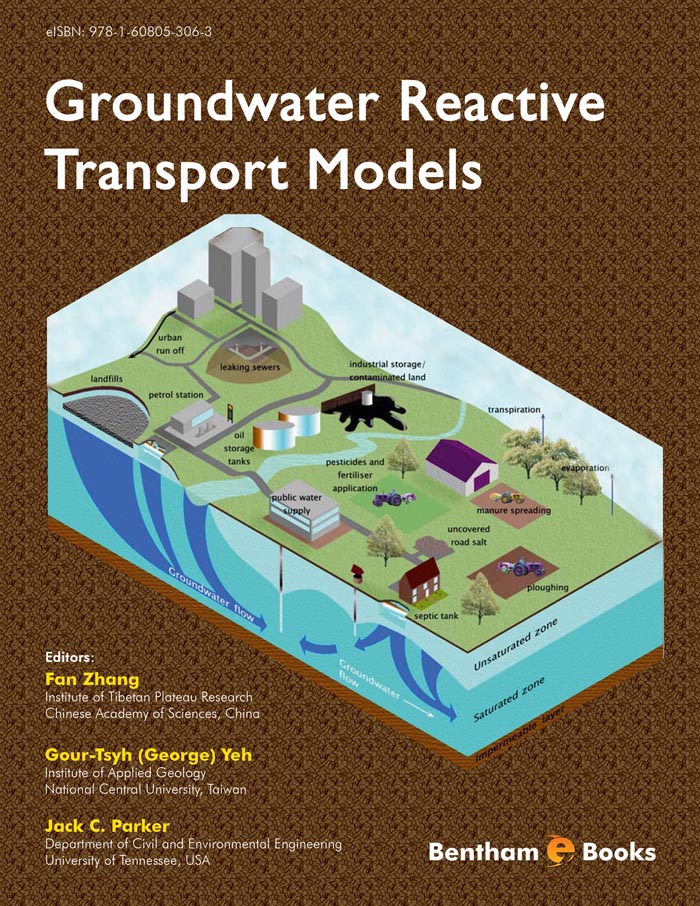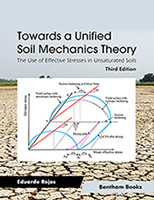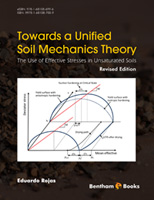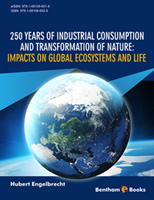Foreword
Reliable assessment and prediction of contaminant fate and transport in the subsurface media requires close collaboration of specialists with expertise in different disciplines such as geology, hydraulics, chemistry, microbiology, environmental science, and mathematics. As the number of disciplines has increased and as each has become more complex and quantitative, the problem of integrating the knowledge and concepts of various specialists into a coherent overall interpretation has become progressively more difficult. To an increasing degree reactive transport simulation has emerged as an answer to this problem, and the reactive transport model has become a vehicle for integrating the inputs of specialists from a variety of backgrounds. Advances in computer hardware and software have led to remarkable increases in the number, variety, and complexity of the processes which can be represented in simulation. Thus the ideas and formulations of different specialists can be combined in a model to generate an overall result, usually a distribution of mass concentration in space and time, which can be compared with observed data to gain a better understanding of the physical, chemical and biological processes that affect contaminant transport and remediation.
The growing power of reactive transport simulation to incorporate complex processes and their interactions, and to address such issues as uncertainty, has of course come at the expense of increasingly complex models. More sophisticated solution approaches have been required, the need for ancillary mathematical tools to process and evaluate the results has increased, and in general the potential for numerical difficulty and model misuse has grown. To become an effective and well-informed user of a reactive transport model, one needs to be familiar with the basic theories of flow, transport and geochemical processes, understand the principal ideas behind a particular numerical solution technique and its implications for field applications, and know the limitations and constraints of different numerical models.
I am pleased to see that this book will allow the readers to fulfill some of the aforementioned needs. The book is a collection of self-contained papers by the developers of several state-of-the-art and widely used reactive transport models. Each paper describes the development history, mathematical background, numerical techniques, and application case studies of a particular model code. From the descriptions in these papers, the readers will gain useful information and insights to help them make decisions on the suitability of each model code for a particular application. The book will be an invaluable reference text for researchers and students interested in applying multicomponent and multiphase reactive transport modeling to a multitude of geological, hydrological and environmental problems, such as waste disposal, groundwater remediation, groundwater quality management, and carbon sequestration.
Chunmiao Zheng
University of Alabama and Peking University
Tuscaloosa, Alabama and Beijing, China





